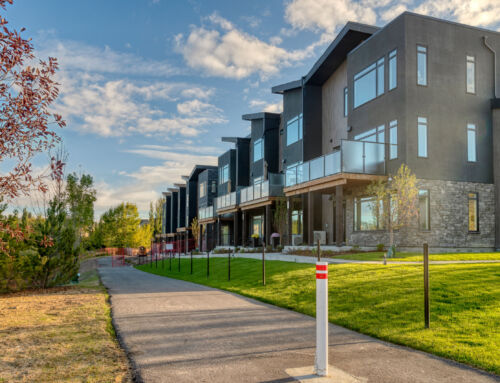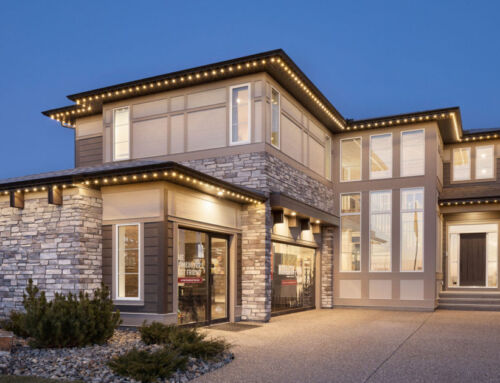Basement developments increase the usable living space of the home and enhance the home’s market value. Before undertaking a significant basement development, ensure that specific technical issues are addressed properly to allow the structural components of the home to perform effectively.
One of the initial activities in a basement development, after receiving the necessary building permits from the municipality, is to install the framing of the interior partition walls. These walls can be constructed using steel or wood studs, providing an attachment point for interior wall finishes such as drywall or wood paneling. Often, these partition walls are positioned under an engineered wood or dimensional wood beam, supported by adjustable steel jack posts (commonly called teleposts) within the inner floor space of the basement.
At the top of the telepost is an adjustment assembly used to fine-tune the height of the supporting beam and the floor system above. This adjustment ensures a level floor system, as factors such as material shrinkage or changes in soil moisture content may lead to unevenness over the home’s lifespan.
For a fully developed basement, it’s crucial to plan for access to the telepost adjustment assemblies as part of regular home maintenance. Access can be achieved by installing access covers on the wall coverings, either in the form of pre-made plastic covers from a hardware store or site-constructed wood panels.
The second consideration involves a partition wall positioned directly under a support beam. As teleposts are height-adjustable, it’s essential that partition walls beneath support beams are not tightly built to the underside of the beam. If an adjustment is required for the steel post to allow the floor system to move slightly downward, the partition wall should not impede this movement. While it may seem aesthetically preferable to have a partition wall constructed a few centimeters shorter than the height under the beam, it is necessary for potential beam movement in the future.
A well-executed basement development not only expands the functional space of a home but also adds substantial value to its market standing. By addressing crucial technical aspects, such as the installation of interior partition walls and the thoughtful placement of teleposts, homeowners and builders contribute to the long-term structural integrity of the property. Regular maintenance considerations, including easy access to telepost adjustment assemblies, ensure that the home remains a sturdy and level haven. In essence, the meticulous planning and execution of basement developments lay the foundation for a home that stands the test of time, combining practicality and aesthetics for a lasting impact on both living space and property value.
ANHWP’s guide “Care and Maintenance of Your New Home” provides information on telepost adjustments: “Adjustable steel jack posts (teleposts) are used to support main beams in the basement and transfer loads to the foundation. The bearing plates at the top of the telepost should rest snugly beneath the beams. Once a year, check that the supporting post is properly supporting the beam. Adjust the nut on the upper jack screw so no gap exists. Check the level of the beam with a 4-foot-long level to ensure the level is maintained. Uneven pressure on the beam can cause further issues down the road.”







Connect